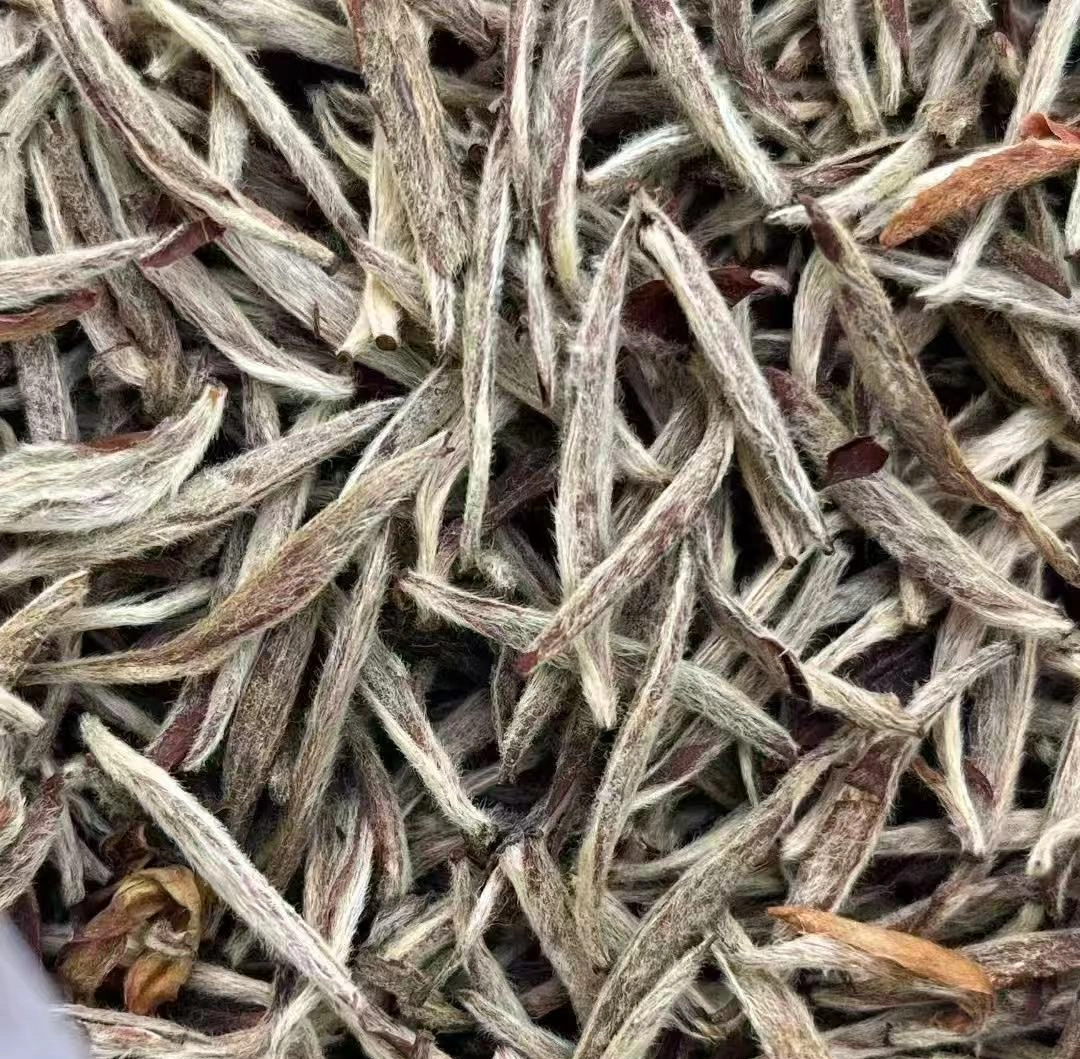When it comes to the Benefits of White Tea, few drinks compare to its light flavor and impressive health perks. The Benefits of White Tea start with its delicate processing: young tea buds are simply withered and dried, preserving natural antioxidants. For tea lovers seeking both taste and wellness, understanding the Benefits of White Tea is the first step toward a healthier cup.

What Is White Tea?
White tea is the least processed of all true teas, featuring only two simple steps: pluck the tender buds and wither them in the sun or a cool, dry room. Unlike green or black tea, white tea skips rolling and heavy oxidation. These minimal steps lock in the Benefits of White Tea—from high levels of polyphenols to gentle caffeine content.

Top Benefits of White Tea
Here are the top Benefits of White Tea you should know:
- Antioxidant Powerhouse
White tea contains high levels of catechins and polyphenols, which help neutralize free radicals and support cellular health. - Heart-Friendly Sips
Studies show that white tea’s antioxidants may help lower LDL cholesterol and improve arterial function. - Skin Glow & Anti-Aging
The antioxidants in white tea fight inflammation and protect collagen, helping maintain radiant skin. - Boosts Metabolism
Gentle caffeine and polyphenols work together to support metabolism and fat oxidation. - Calm Focus & Mood
White tea’s L-theanine promotes alertness without jitters, making it ideal for a soothing ritual.
Brew It Right: Three Easy Methods
To maximize the Benefits of White Tea, try one of these three simple brewing styles:
- Gongfu Brewing (功夫冲泡)
- Tea-to-Water Ratio: 5–7 g per 100 mL
- Water Temp: 85–95 °C
- Steeping: 6–10 short steeps (10–20 s each), discarding a quick rinse first.
- Why: Multiple infusions unlock layered flavors and steadily release antioxidants.
- Steep & Go (闷泡法)
- Tea-to-Water Ratio: 3 g per 200 mL
- Water Temp: 80–85 °C
- Steeping: Cover cup or teapot, steep 3–5 minutes; sip directly.
- Why: Hands-off simplicity preserves the Benefits of White Tea for busy routines.
- Tea Boil (煮茶法)
- Tea-to-Water Ratio: 5 g per 300 mL
- Method: Add leaves to simmering water (80 °C), boil gently for 2–3 minutes, then reduce to a low simmer for another 2 minutes.
- Why: Traditional style intensifies flavor and extracts maximum health compounds.
White Tea vs. Coffee & Other Teas
Understanding the Benefits of White Tea also means comparing it to other beverages:
- Caffeine Content: White tea has about half the caffeine of coffee, delivering a gentle lift without jitters.
- Antioxidants: Often richer in polyphenols than green or black tea, enhancing the Benefits of White Tea.
- Flavor Profile: Subtle floral and sweet notes make white tea a soothing alternative to bold coffee or strong black tea.
Easy Ways to Enjoy White Tea Daily
Incorporate the Benefits of White Tea into your routine:
- Morning Switch: Replace coffee with white tea for calm alertness.
- Afternoon Refresher: Sip white tea instead of sugary drinks.
- Post-Meal Aid: Drink white tea to support digestion.
- Cold Brew: Steep leaves in cold water for 4–6 hours in the fridge to enjoy Benefits of White Tea chilled.
Quick FAQs
Q1: How many cups a day?
2–4 cups to fully experience the Benefits of White Tea.
Q2: Can I drink it on an empty stomach?
Gentle by nature, but if you’re sensitive, pair it with a snack.
Q3: What to look for when buying?
Choose silver-tipped, whole-leaf white tea to unlock maximum Benefits of White Tea, and avoid broken leaves.
Wrap-Up & Next Steps
From antioxidant richness to gentle caffeine, the Benefits of White Tea make it a standout choice for daily wellness. Start by sourcing high-quality leaves, perfect your brewing method with Gongfu, steep & go, or tea boil, and sip mindfully. Share the Benefits of White Tea with friends and enjoy a tea ritual that’s both relaxing and revitalizing.



